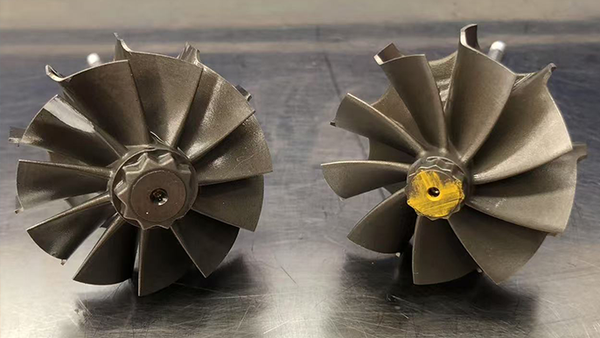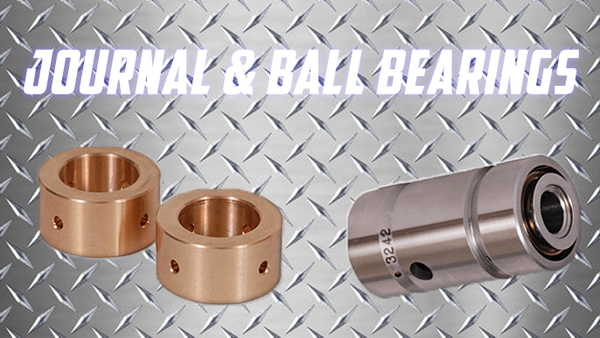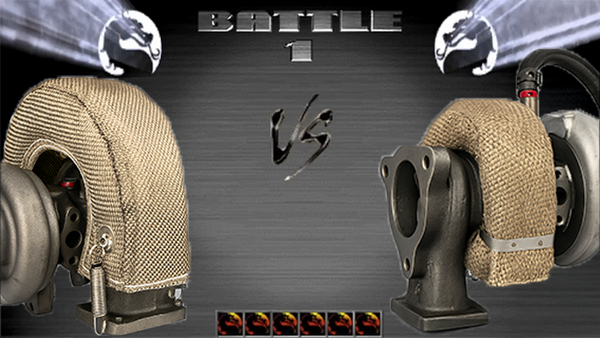What are the types of electronic actuators?
REA - Rotary Electronic Actuator
SREA - Simple Rotary Electronic Actuator
UTA - Universal Turbo Actuator
REA, SREA, and UTA are components installed on various variable geometry turbos, responsible for controlling the variable vane movement. This guide explores the causes and symptoms of REA/SREA/UTA Smart/UTA Simple failures to help you diagnose and address these issues effectively during repairs.
Why Do Electronic Actuators Fail?
These electronic actuators are highly intricate and tailored for specific turbochargers. Their calibration settings, programmed in the software within the black cap, are unique to each turbo. They cannot be interchanged with other gearboxes or black caps. While engine management systems can often detect REA/SREA/UTA actuator failures, the failure is frequently caused by an underlying issue rather than the actuator itself.
Causes of Electronic Actuator Failure
-
Gearbox Failure:
Restrictions in the nozzle ring assembly, caused by sludging or carbon buildup, can force the motor to draw excessive current. This may lead to motor burnout or failure of the plastic worm gears. Such restrictions can reduce boost pressure and put the vehicle in “limp-home mode.” In most cases, the black cap and electronics remain intact and reusable. -
VNT System Failure or Seizure:
Sludge or carbon buildup around the VNT blade system can cause the system to fail or seize. -
Board Connector Damage:
Repeated expansion and contraction due to heat can cause connectors to break. These issues may not be apparent when the engine is cold but can manifest as faults when it warms up. -
Turbo Mishandling:
Knocking or banging the turbo connector during installation or maintenance can cause irreparable damage, requiring a full unit replacement. -
Water Ingress:
The turbo’s location in the engine compartment makes the actuator vulnerable to water ingress. Moisture can lead to rust and contamination, causing signal errors and eventual failure. -
Engine Vibration:
Continuous vibrations from the engine can wear down internal actuator components, leading to failure over time.
Signs of Electronic Actuator Failure
- Activation of the engine management light or other warning lights.
- A complete loss of power, causing the vehicle to enter limp-home mode.
- Low boost or over-boost conditions.
- Unusual noise from the turbocharger.
- Diagnostic fault codes related to turbo performance.
Preventing Turbo Failures from Actuator Issues
- Replace all damaged or affected components during actuator repairs.
- Inspect and repair any faulty connecting wires.
- Ensure bolts are tightened to the correct torque specifications.
- Check for restrictions in the VNT mechanism.
- Evaluate the condition of the wiring harness.
- Inspect the black cap for damage or signs of wear.
By addressing these factors, you can reduce the risk of actuator failure and improve the reliability of your turbocharger system.



